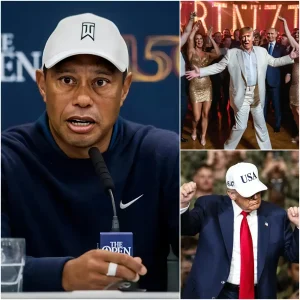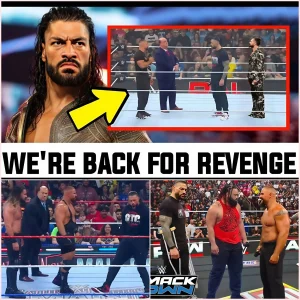In the evolving landscape of global sports, transgender athletes have begun to rally with unprecedented unity. As of November 2025, voices from the transgender community are rising to challenge the sweeping bans on their participation in women’s categories.
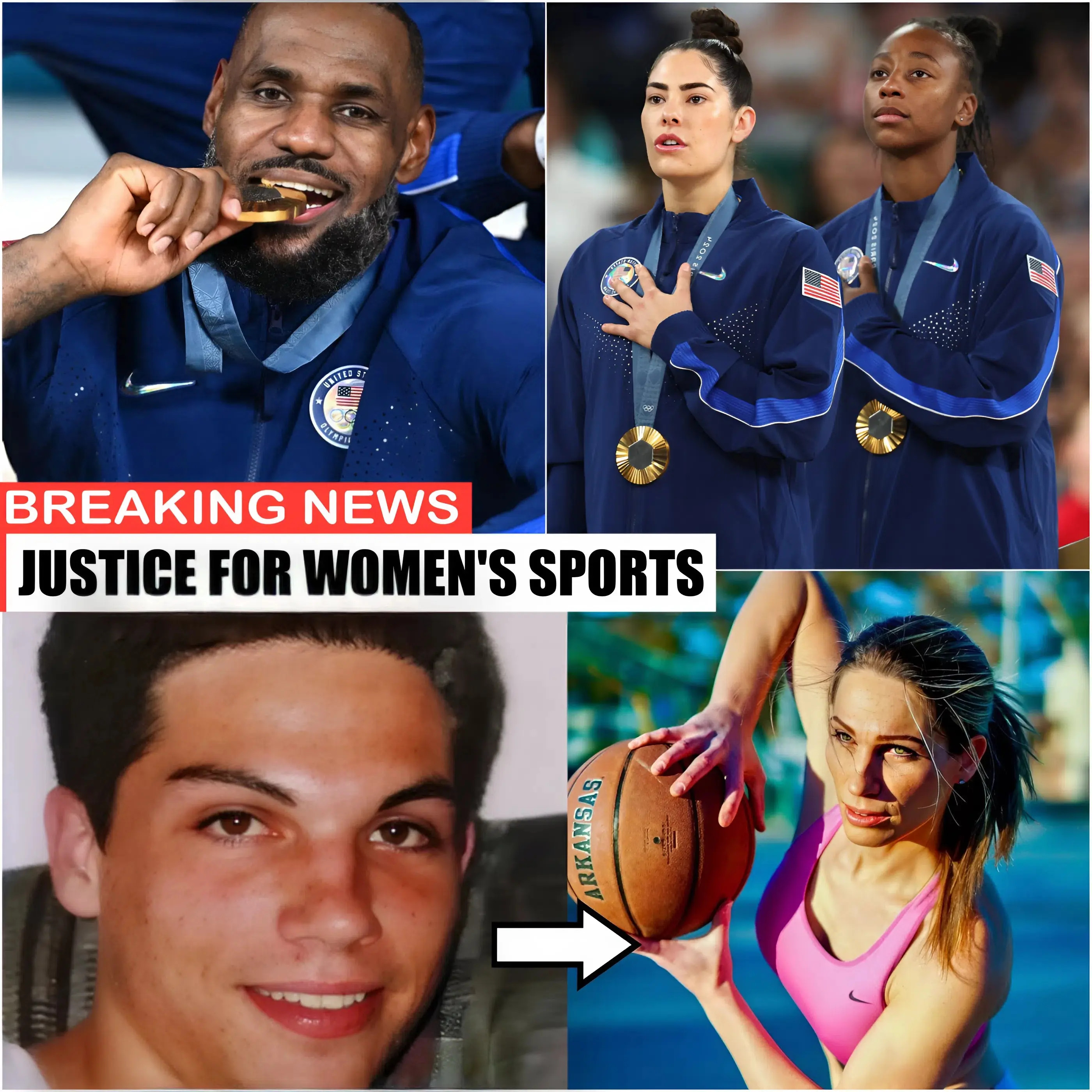
This movement gained momentum following the International Olympic Committee’s (IOC) recent signals of an impending blanket ban on transgender women in female events.
Led by new IOC President Kirsty Coventry, the organization is set to formalize restrictions within the next six to twelve months, citing scientific evidence of enduring male puberty advantages. Transgender advocates argue this policy ignores individual circumstances and perpetuates discrimination.
Their demand for a comprehensive review echoes across continents, urging governing bodies to reconsider hormone therapy timelines and case-by-case assessments.
In the United States, the National Collegiate Athletic Association (NCAA) swiftly aligned with President Donald Trump’s February 2025 executive order, “Keeping Men Out of Women’s Sports,” barring transgender women from women’s competitions.
This order threatens federal funding for non-compliant programs, affecting schools and universities nationwide. Activists like Lia Thomas, a former NCAA swimmer, have publicly called for dialogue, emphasizing that exclusion harms mental health and belonging—key benefits of sports participation.
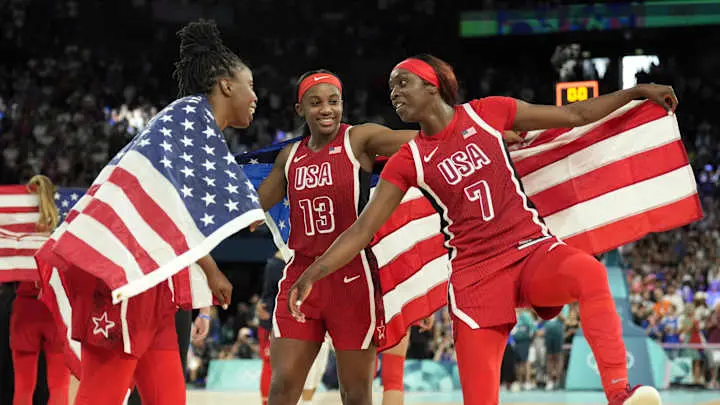
The push for review isn’t isolated; it’s a global chorus. World Athletics and World Aquatics have long enforced bans for those post-male puberty, but bodies like FIFA still allow participation with testosterone suppression.
Transgender athletes, numbering fewer than ten in the NCAA’s half-million student-athletes, contend that blanket policies overlook science showing testosterone reduction can mitigate advantages in many sports.
Petitions and protests, amplified on social media, demand independent panels to evaluate eligibility, drawing parallels to accommodations for disabilities or age groups.
Critics of inclusion often invoke hyperbolic analogies to underscore perceived unfairness. Imagine a towering figure like LeBron James, the NBA icon standing at 6’9″ with explosive athleticism honed over decades, suddenly entering women’s basketball. His physical dominance—superior height, muscle mass, and speed—would render competitions lopsided, sidelining female athletes who train relentlessly for parity. This scenario, while exaggerated, mirrors concerns raised by opponents of transgender participation, who cite studies on retained advantages from male puberty, such as greater bone density and lung capacity.
Such comparisons, however, risk oversimplifying a nuanced issue. LeBron James isn’t undergoing hormone therapy; transgender women often do, with research indicating significant performance drops after a year of suppression—up to 9% in strength and 12% in endurance events.
Yet, the analogy persists in political rhetoric, fueling Trump’s order and the U.S. Olympic and Paralympic Committee’s (USOPC) July 2025 policy shift to ban transgender women from women’s events.
Figures like Riley Gaines, a former swimmer, hail these moves as victories for fairness, arguing they protect opportunities women fought for under Title IX.

On the flip side, transgender athletes like Laurel Hubbard, the first openly trans Olympian in 2021, highlight the human cost of exclusion. Hubbard’s Tokyo appearance ended without a lift, yet it sparked global debate—not on her dominance, but on visibility.
Today’s demands for review stem from such stories, with lawsuits challenging bans as unconstitutional. In February 2025, New Hampshire students sued the Trump administration, claiming violations of Title IX and equal protection. These legal battles underscore a tension: fairness for cisgender women versus inclusion for a marginalized group.
The scientific backbone of the bans relies on reviews like the IOC’s ongoing assessment, which concludes that male-born advantages persist despite interventions.
Data from World Rugby shows transgender women retain 20-30% greater strength post-therapy, justifying their high-level prohibitions. Proponents argue this isn’t discrimination but biology—much like barring men from women’s divisions outright.
The LeBron analogy amplifies this: envision him dunking effortlessly over WNBA stars like A’ja Wilson; the mismatch isn’t malice, but mismatch in capabilities.
Transgender advocates counter with evidence from cycling and rowing, where suppressed testosterone levels the playing field more effectively. A 2024 meta-analysis in the British Journal of Sports Medicine found no consistent edge in elite trans women after two years of treatment. They demand reviews incorporate such studies, perhaps via open categories or tiered eligibility based on sport-specific metrics. Without this, bans risk alienating talent and ignoring the mental health crisis: transgender youth face 40% higher suicide attempt rates, exacerbated by sports exclusion.
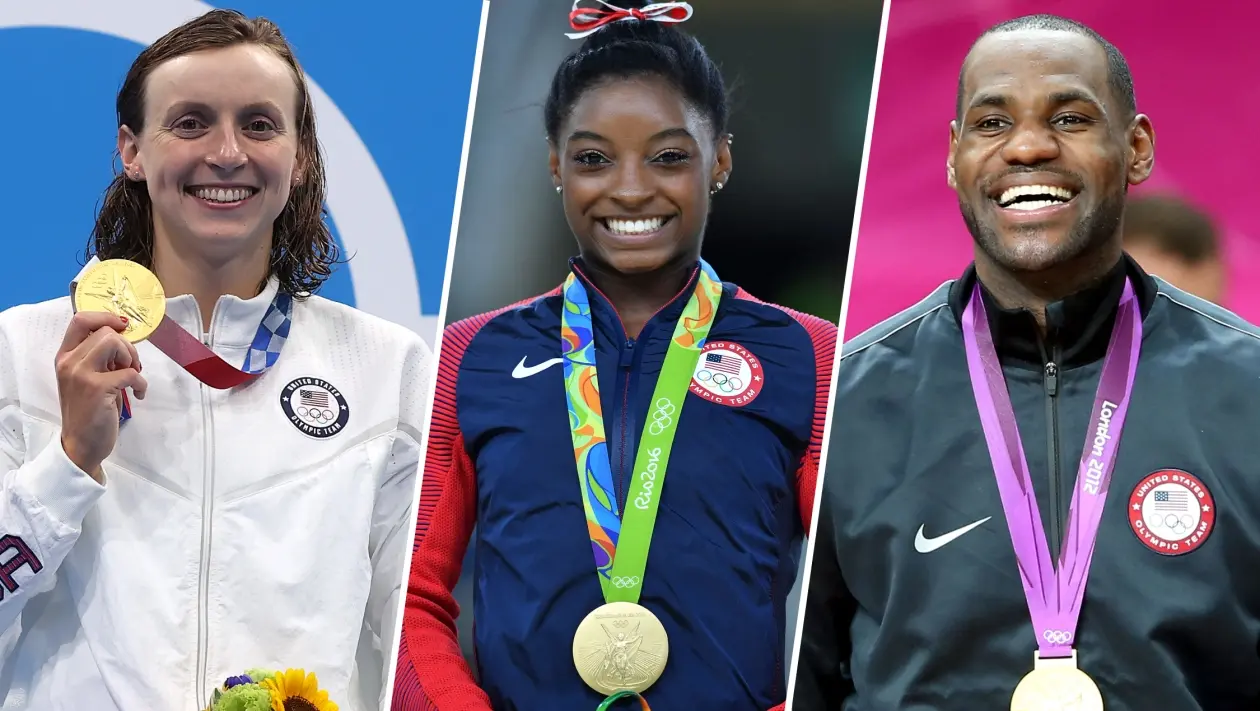
As the IOC edges toward a unified ban ahead of the 2028 Los Angeles Games, potential U.S. visa denials for transgender athletes loom large. Coventry’s pledge to “protect the female category” resonates with many, but transgender groups see it as erasure. California’s resistance—rejecting federal demands and facing funding threats—highlights state-level pushback, with legislation proposing inclusive commissions. This patchwork of policies breeds confusion, from NCAA fields to Olympic pools.
The LeBron James hypothetical, while vivid, invites scrutiny for its hyperbole. Transgender women aren’t NBA superstars transitioning mid-career; many begin transitions pre-puberty or in adolescence, minimizing advantages.
Still, it galvanizes opposition, as seen in Trump’s signing ceremony surrounded by female athletes decrying “unfairness.” Yet, advocates like Jennifer Sey of XX-XY Athletics celebrate IOC shifts as “common sense,” while others warn of broader anti-trans legislation.
Balancing these views requires empathy and evidence. Transgender athletes’ demand for review isn’t defiance but a plea for nuance—acknowledging biology without blanket exclusion. Sports should uplift all, fostering resilience over rivalry. As debates rage, from U.S. courts to Geneva boardrooms, the path forward lies in collaborative science, not analogies that divide.
In professional realms, FIFA’s permissive stance contrasts sharply with cycling’s bans, illustrating the need for sport-tailored rules. Transgender runners like CeCé Telfer, barred post-2019 NCAA win, now advocate for hybrid models: women’s divisions for all, with open events for trans competitors.
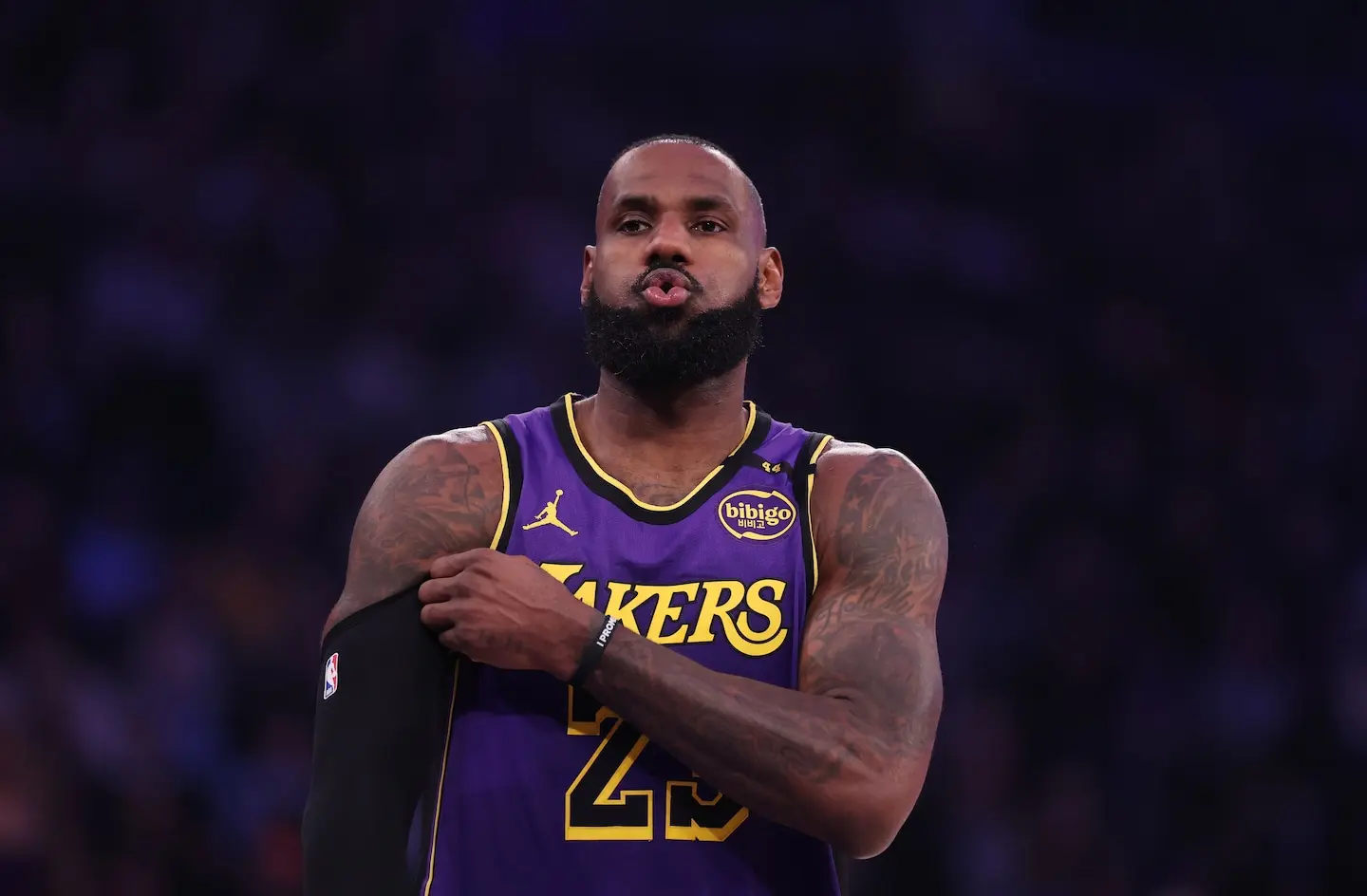
This could preserve integrity while honoring identities. The Williams Institute estimates bans impact thousands of U.S. trans youth, slashing self-esteem and community ties.
Globally, the ECB faces lawsuits over its 2025 ban, testing legal waters. Meanwhile, sanctuary cities like Worcester, Massachusetts, vow non-cooperation with federal overreach. These fissures suggest reviews could bridge divides, perhaps via IOC-mandated panels blending endocrinologists, athletes, and ethicists.
The LeBron analogy, though flawed, spotlights real fears: in combat sports, a trans fighter’s punch force might exceed averages by 25%, per studies. But in equestrian or shooting, advantages wane.
Demanding a review means classifying sports by physical demands, ensuring equity without erasure. Trans athletes aren’t seeking dominance; they’re seeking dignity.
As 2025 closes, with IOC announcements imminent, the world watches. Will demands yield reform, or entrench bans? History favors inclusion’s slow march—Title IX’s legacy proves it. Transgender athletes standing up today echo that fight, demanding not special treatment, but fair play for all.
This movement transcends policy; it’s about identity in motion. Excluded voices grow louder, challenging us to redefine fairness. In the spirit of sportsmanship, a thorough review could heal divides, letting every athlete chase dreams unhindered. Until then, the debate endures, a testament to passion’s power.

